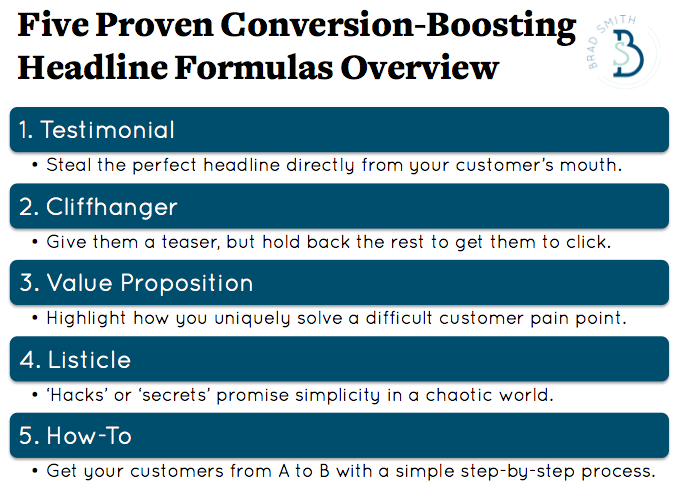
This is getting more interesting… you’ve got me intrigued…
Your nonprofit has a variety of different constituencies. You need to devise communication strategies that connect with all of them.
Because, guess what?
All of your ‘customers’ are potential donors.
Which is why you should take mastery of nonprofit content marketing seriously. It’s not something you should simply delegate to marketing staff.
They need your input. And you need theirs.
Let’s consider your different nonprofit ‘customers’ for a moment.
They begin with actual users of your services… then range to volunteers… social media followers and advocates… community leaders with whom you interact… and philanthropic donors. Then there are your most likely potential ‘customers’ in all of these categories, including friends, family and colleagues of users, folks who may just be in the market for whatever your nonprofit has to offer, and people who share the values your nonprofit enacts through your mission.
With all of your communications, your goal is to drive deeper and deeper engagement with you.
The marketing continuum goes from awareness… to interest… to involvement… to investment.
Fundraisers often focus on that last step, but it’s equally important to focus on the first three steps. Without awareness, interest and involvement, you’re unlikely to convert folks to the investment phase.
Again, this is why I’m continuously harping on the need to integrate your fundraising and marketing teams. No more siloes! But fundraising/marketing integration is a subject unto itself.
For now, I want you simply to have a few tools in your arsenal – five of them! –so you can write better, more compelling copy for your communications with would-be donors.
The paradigm I’m using comes from Brad Smith on the WordStream blog and relates to headlines.
But it holds true for subject lines, teasers and calls to action as well because, in essence, these are the functional equivalent of headlines.
They’re the showy tip of the iceberg that leads readers to what lies beneath the surface.
The Importance of Mastering Great Headline Writing
The tips I’m about to share can be used for e-newsletter articles, blog posts, email subject lines, Facebook posts and tweets, Peer-to-Peer online fundraising campaigns and donation landing pages.
With copy, the Pareto Principle applies.
‘On the average, five times as many people read the headline as read the body copy. When you have written your headline, you have spent eighty cents out of your dollar.’ – David Ogilvy
So it just makes sense to put most of your effort into the thing that will yield the greatest returns.

1. Testimonial
One of Cialdini’s original six principles of persuasion is ‘social proof.’ I’m more likely to believe a trusted friend or authority who says something positive about your organization (how great your services are; why you’re a trusted steward of donor resources) than I am to believe you. So let your customers and supporters do the work for you.
EXAMPLE: years ago Basecamp discovered the power of using testimonials on their sales landing page. They found when they switched up their standard, software feature/benefit-driven copy for a clean image of a real customer, followed with a direct quote summing up the major benefit her company received, this resulted in a 102.5% conversion increase!
From a psychological perspective, the other great thing about testimonials is they help people avoid loss. Folks are naturally risk averse, and we’ll do anything to avoid losing something they value – be it time, money or just saving face. Testimonials increase the credibility that yours is a worthy service or cause by using an independent third party to make the case on your behalf.
Testimonials work as a short cut to decision making for your potential constituent.
2. Cliffhanger
Who doesn’t get drawn in by a good cliffhanger? When it comes to creating copy that will draw your customers in – deeper and deeper – use subject lines, headlines, envelope teasers and the like to hint at something to come. Pull back the curtain just enough to arouse curiosity and make folks want to read more (e.g., open your envelope; click on your email; read your blog article).
The best headlines, subject lines and teasers tend to also be the most specific, which heightens realism and intrigue.
EXAMPLE: What if instead of saying “Please donate so seniors won’t have to be alone,” you said “Here’s how 86-year-old Sophie spent her Christmas this year?”
Offer up a little suspense to draw potential donors closer.
3. Value Proposition
Always consider what’s in it for your reader if they do what you want (e.g., open your envelope… click on your email… respond to your call to action). What will they get out of it?
Remember, your nonprofit exists to solve a problem. It could be a hard one, like stopping human trafficking, or it could be a soft one, like making your constituent feel better about themselves by donating to your cause. Your nonprofit also exists to create opportunities. This can be the chance to be a hero, fulfill a moral or religious obligation, or simply to pay it back.
EXAMPLE: A problem-solving “Value Prop” headline is “Feed a family of 7 Thanksgiving dinner.” Or “Resettle one of 35 refugee families that need your help.” A more feel-good example is “Double your donation before December 31st!” Better yet, how about simultaneously tapping into your reader’s FOMO and helping them avoid loss with “Last Day: Don’t miss your chance to double your donation!”
Your goal should be to capture the qualities or end results your reader seeks in a catchy headline.
Notice that the examples above include verifiable numbers. That’s because numbers add authenticity and help people feel they can trust you. Which brings us to…
4. Listicle
You’ve seen these. It’s because they work! 36% of people prefer list-based headlines. [And, by the way, Content Marketing Institute reports that headlines with odd numbers have a 20% higher clickthrough rate than headlines with even numbers.]
How interesting is this? Very! Now… let’s figure out how to use this to your advantage.
One of the best ways nonprofits can use listicles is by offering useful gifts of content that help rather than sell. This is how you drive awareness… to interest… to involvement. Pretty soon, folks will love you enough to be open to investment!
EXAMPLES: “10 Ways to Keep Seniors Safe at Home.” “5 Rainy Day Craft Projects for Kids.” “7 Ways to Save the Environment.” “3 New Developments in Cancer Research, and What They Mean for You.” Offer these gifts through you e-newsletter, blog, email or website.
I always say, if you want gifts you must give them.
5. How-To
The “How-To” headline is similar to the listicle in that it usually precedes a helpful piece of information. It’s also one of the most popular phrases used in the most viral headlines.
Nonprofits can use this in numerous ways, offering potential supporters ways to enact their values in meaningful ways.
EXAMPLES: “How to give clean water to an entire village.” “How you can rescue Jenny from her father’s abuse.”
You don’t have to take the magic “how to” words too literally either. The key ingredient of a ‘how-to’ headline is to show someone how to do something.
EXAMPLES: “How to Babyproof Your Home.” “Make sure your parents are safe at home.” “Volunteer just one hour a month.” (shows “how to” fit this activity into their schedule and lifestyle). “Give $18 to feed a child 3 nutritious meals.” (shows how to find greater meaning in life with a call to donate/make something valuable happen).
The key is showing someone how to do something they already want to do.
Summary
If you want to convert more of the folks who interact with you into donors, you need to begin with compelling content. And the door into that content is your headline, subject line, teaser or call to action. Make it something folks will notice… something they can use… something they’ll be compelled to open and, hopefully, act upon.
Photo by Claire Axelrad as part of a series: The Art of Philanthropy – ‘Love of Humankind’ – as Seen Through the Prism of the World’s Art Museums






Thanks for this article, it is very instructive indeed!